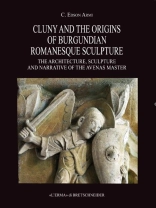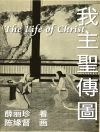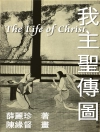The role of individual sculptors in creating the ambulatory capitals in the largest basilica in Christendom at Cluny remains a mystery. The unresolved issue of individual creativity leaves open three important questions about this powerful abbey which controlled hundreds of monasteries throughout Europe in the eleventh century: What was the specific artistic context – the origin, training and career path of the major sculptors who worked at the mother church at the start of construction? What was the relationship, in time and influence, between the focal ambulatory capitals and similar sculptures at numerous local sites? And what role did artists play in determining the form and meaning of Cluny sculptures and related monuments?
This book traces the career of a sculptor who worked on the earliest capitals in the abbey church at Cluny. It documents his artistic preferences at previous Burgundian projects, gathering a variety of evidence intended to be on the one hand precise, complex and subtle, and on the other convincingly repetitious. He treated gesture, pose, anatomy, drapery, foliage, architecture, background and space not only consistently but also in a complementary fashion. Plainly put, he blurred the traditional distinction between sculpture and architecture, displaying a rich and unique combination of artistic preferences even as he worked with different kinds of patrons on various subjects at numerous and diverse monuments. These findings are supported with high-resolution photographs taken at telling angles from high ladders and scaffolding.
This version of the creative process at the mother church, in which the Cluniac brothers picked a local talent to carry out one of the most important sculptural commissions in Europe, differs markedly from the standard one based largely on presumed but undocumented artistic priorities of the monks. Prevailing theory assumes the monks had an international perspective when it came to art as they tried to establish at Cluny a new Rome as the centerpiece of their monastic empire. Rather than tap an experienced sculptor who worked in the indigenous masonry tradition, they would have looked toward foreign lands to find suitable artists who based their designs on high forms of art such as ivory, painting, and metalwork.
C. Edson Armi
Cluny and the origins of burgundian romanesque sculpture [EPUB ebook]
Cluny and the origins of burgundian romanesque sculpture [EPUB ebook]
Mua cuốn sách điện tử này và nhận thêm 1 cuốn MIỄN PHÍ!
Ngôn ngữ Anh ● định dạng EPUB ● ISBN 9788891321909 ● Kích thước tập tin 16.2 MB ● Nhà xuất bản L’Erma di Bretschneider ● Được phát hành 2021 ● Có thể tải xuống 24 tháng ● Tiền tệ EUR ● TÔI 7796336 ● Sao chép bảo vệ không có












